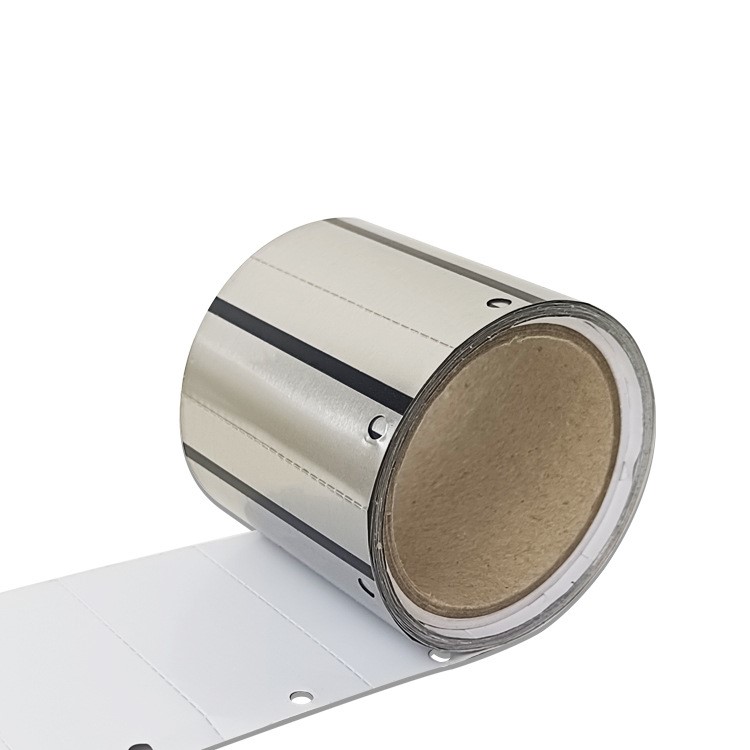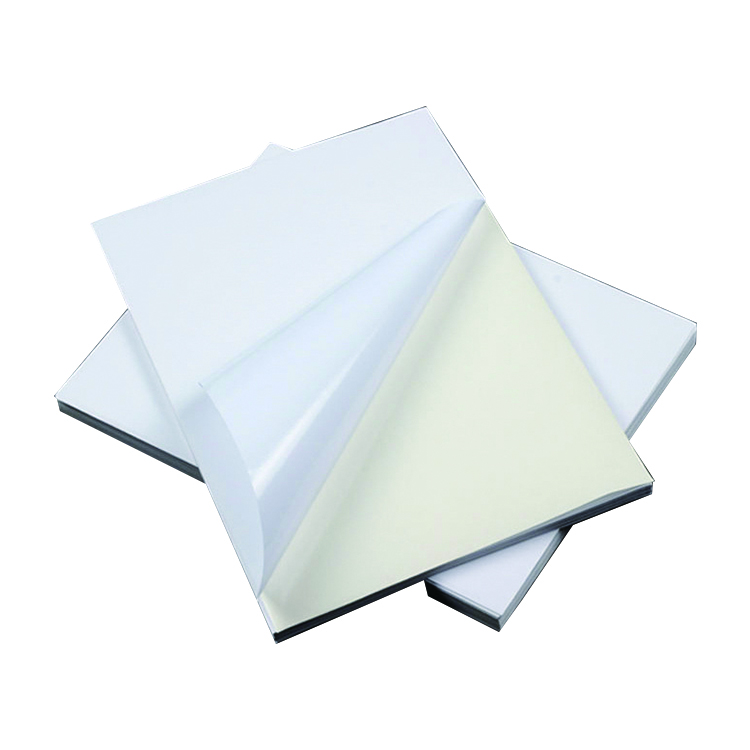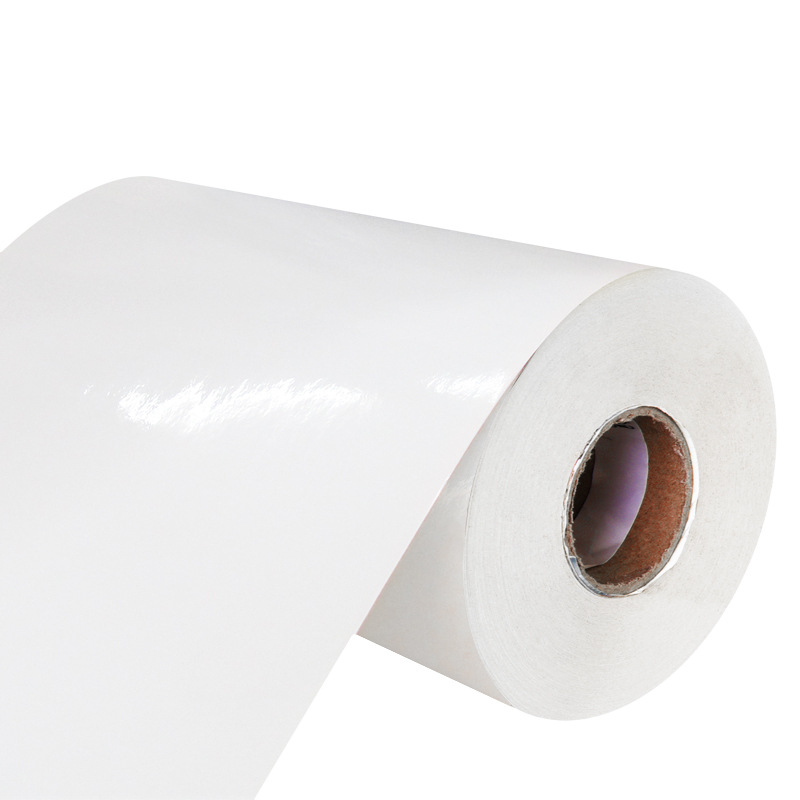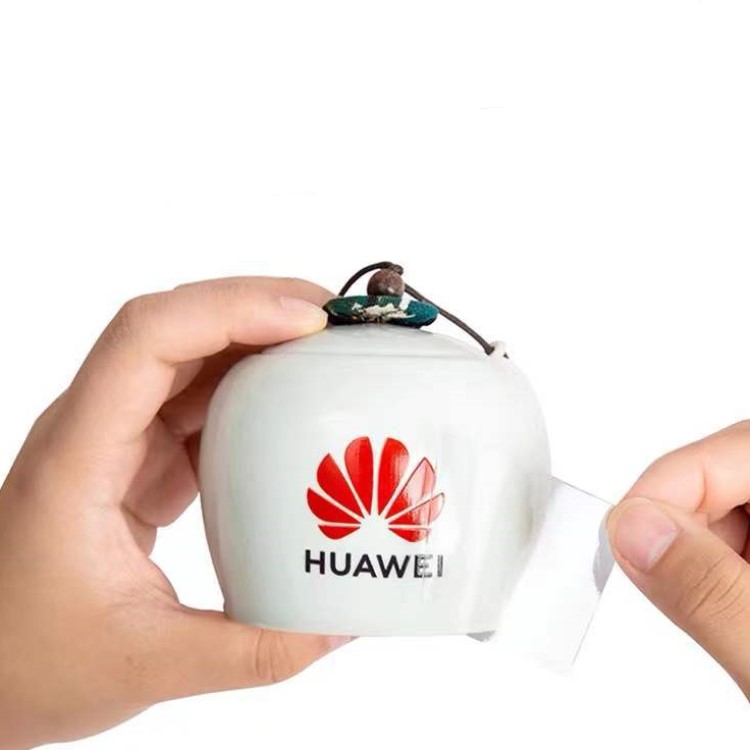Precautions for using adhesive anti-counterfeiting labels:
1. Before labeling, it is necessary to ensure that the object being labeled is clean, avoiding dust, water stains, oil stains, etc. After attaching the label, it should be flattened and ensure sufficient adhesion
2. The contact temperature and humidity between the label and the object to be pasted should be appropriate, and the appropriate glue and material should be selected, which varies depending on the object to be pasted
3. The label storage environment should be well ventilated, dry, moisture-proof, and maintained at a temperature of 5-30 ℃
4. Unused labels should be sealed and stored, and should be used up within 3 years as much as possible. Prevent the deterioration of glue and coating materials from affecting the effectiveness of use
5. When storing labels, do not stack them too high. Each label should be kept flat to avoid folding and prevent excessive pressure from causing glue overflow, resulting in label adhesion waste
Application fields of adhesive label materials
Packaging industry: shipping labels, postal packages, letter packaging, transportation goods labeling, envelope address labels
Commodity industry: price labels, product description labels, shelf labels, barcode labels, drug labels
Chemical industry: labeling of paint materials, packaging labeling of gasoline and engine oil products, and labeling of various special solvent products
Electronic appliance labels used in the electronic appliance industry: Various types of appliances are labeled with numerous durable adhesive labels, which have a large unit area and a large quantity. In addition, adhesive labels have been widely used as explanatory labels for industrial products (such as computers), which has also driven the demand for adhesive labels
Logistics labels in the logistics industry: In recent years, the logistics industry has been rising in China, and there is an increasing demand for variable information printed labels in modern logistics, such as storage and transportation labels, luggage labels, supermarket labels, etc
Pharmaceutical labeling in the pharmaceutical industry: Adhesive labels are increasingly being used for drug packaging. With the over-the-counter sale of drugs, drug manufacturers and consumers are paying more attention to drug packaging, which will largely encourage drug manufacturers to accelerate the transition from traditional labels to self-adhesive labels
Adhesive stickers are a widely used variety of advertising materials in the advertising industry. They are best paired with instant label engraving machines to create products that are widely used in lightbox, sign making (framing), vehicle advertising, permanent signage, signage, computer cutting patterns, window display patterns, display board production, and many other fields
The back adhesive of this product is an acrylic solvent based pressure-sensitive adhesive with excellent adhesion. It is a polymer rolled polyethylene base adhesive with multiple colors, strong color retention, and uniform color. It has good weather resistance and pollution resistance, good anti shrinkage performance, and a service life of more than three years. It is a cost-effective method for ordinary storefront decoration
Other industries: anti-counterfeiting labels, encrypted labels, anti-theft labels
Adhesive label application
Adhesive labels are widely used in various fields of production and life, such as:
Wood: Rubbing and printing labels. Usage: Peel off the release paper on the surface of the finished label product, align the pattern with the position to be transferred, and use nails or wooden chips to evenly rub the back of the pressure-sensitive film. Tear off the transparent film to complete the graphic and text transfer
Packaging: wheat head label, postal package, letter packaging, transportation goods labeling, envelope address label, polyester film (PET)
Electrical appliances: mobile phone internal labels, various electrical appliance labels, laptop labels, mechanical and electrical product labels, reverse pressure transfer printing labels
Products: price labels, product description labels, shelf labels, barcode labels, drug labels
Management: Book labels, vehicle inspection labels, security check labels, property labels
Office: Document and document labels, archive storage labels, various item and stationery labels
Production: Raw material labeling, processed product labeling, finished product labeling, inventory management labeling
Chemical industry: labeling of paint materials, packaging labeling of gasoline and engine oil products, labeling of various special solvent products, and polyethylene film (PE)
Jewelry: Jewelry hang tags, hang tags that are not easily attached to products
Clothing: Clothing tags, washed labels
Airport: boarding pass, luggage tag
Ticket: Train ticket, long-distance bus ticket
Metal: Transfer printing labels
Cosmetics: Screen printing has shifted towards adhesive labels and polypropylene film (PP)
Car shell: Reverse water transfer printing label (B, C transfer printing label)
Helmet surface: soluble water transfer printing label
Ceramic products: peelable film type water transfer printing label
Food industry: heat shrink film labels
Other: parking lot tickets, highway toll tickets, anti-counterfeiting labels, encrypted labels, anti-theft labels, etc

Adhesive label structure
1. Noodles. It is the carrier of adhesive label content, and the back of the face paper is coated with adhesive. There are many materials that can be used for surface materials, generally including copperplate paper, transparent polyvinyl chloride (PVC), electrostatic polyvinyl chloride (PVC), polyester (PET), laser paper, heat-resistant paper, polypropylene (PP), polycarbonate (PC), kraft paper, fluorescent paper, gold-plated paper, silver plated paper, synthetic paper, aluminum foil paper, fragile (anti-counterfeit) paper, decorative paper, fabric label (Tyvek/nylon) paper, pearlescent paper, sandwich copperplate paper, and thermal paper.
2. Film layer material. Transparent polyester (PET), semi transparent polyester (PET), transparent oriented polypropylene (OPP), semi transparent oriented polypropylene (OPP), transparent polyvinyl chloride (PVC), glossy white polyvinyl chloride (PVC), matte white polyvinyl chloride (PVC), synthetic paper, glossy gold (silver) polyester, matte gold (silver) polyester.
3. Adhesive. Universal super adhesive type, universal strong adhesive type, refrigerated food strong adhesive type, universal re release type, fiber re release type. On the one hand, it ensures moderate adhesion between the base paper and the surface paper, and on the other hand, it ensures that the surface paper can have strong adhesion with the adhesive after being peeled off.
4. Base paper material. Release paper, commonly known as "base paper", has a low surface energy and non stick surface. The base paper has a separating effect on the adhesive, so it is used as an attachment for the surface paper to ensure that the surface paper can be easily peeled off from the base paper. Commonly used are white, blue, and yellow glassine paper or onion paper, kraft paper, polyester (PET), copperplate paper, and polyethylene (PE).
We offer comprehensive technical support, including free professional labeling solutions, advice on label materials and adhesive selection, as well as online/offline assistance from professional software and hardware engineers. Service email: andy@ownlikes.cn. In pre-sales, we leverage our extensive experience in specialty labeling projects to provide clients with the most suitable hardware solutions. Additionally, all our label barcode printers and scanners come with a three-year free warranty, demonstrating our confidence in our products.






This site is protected by reCAPTCHA and the Google Privacy Policy and Terms of Service apply.